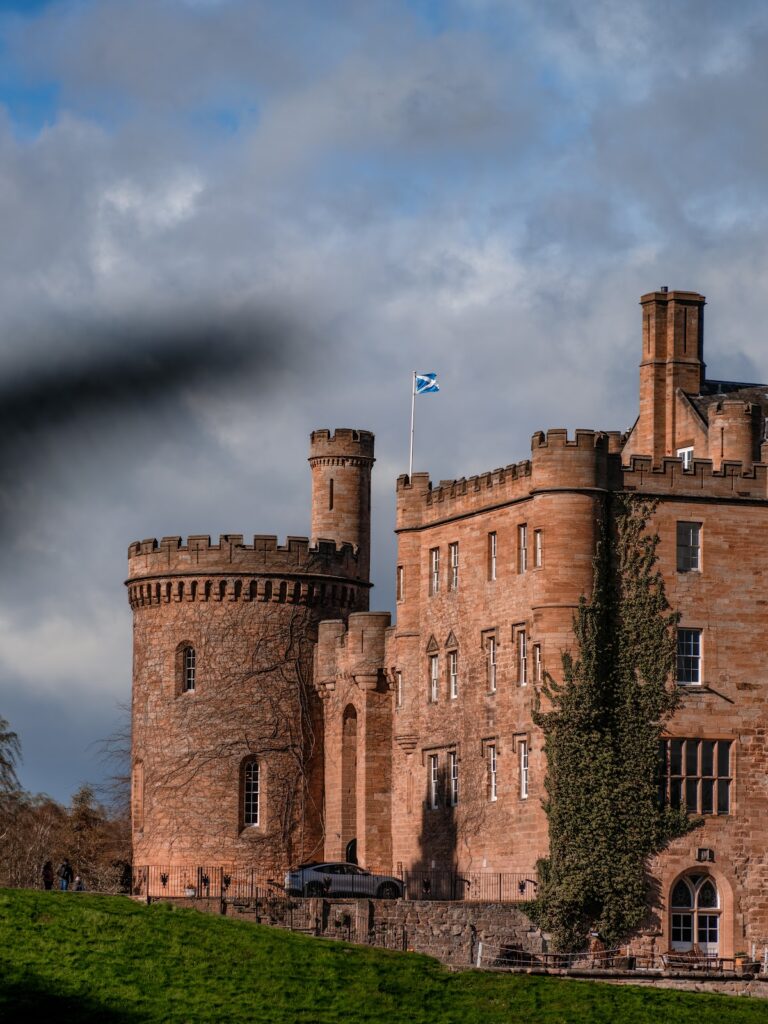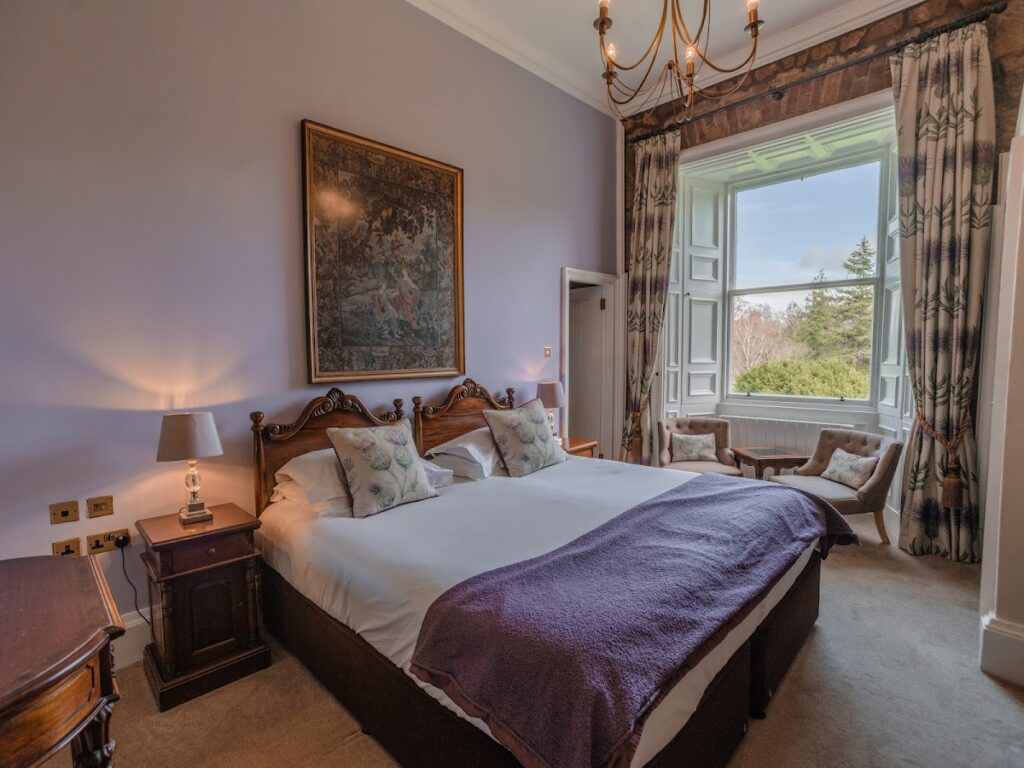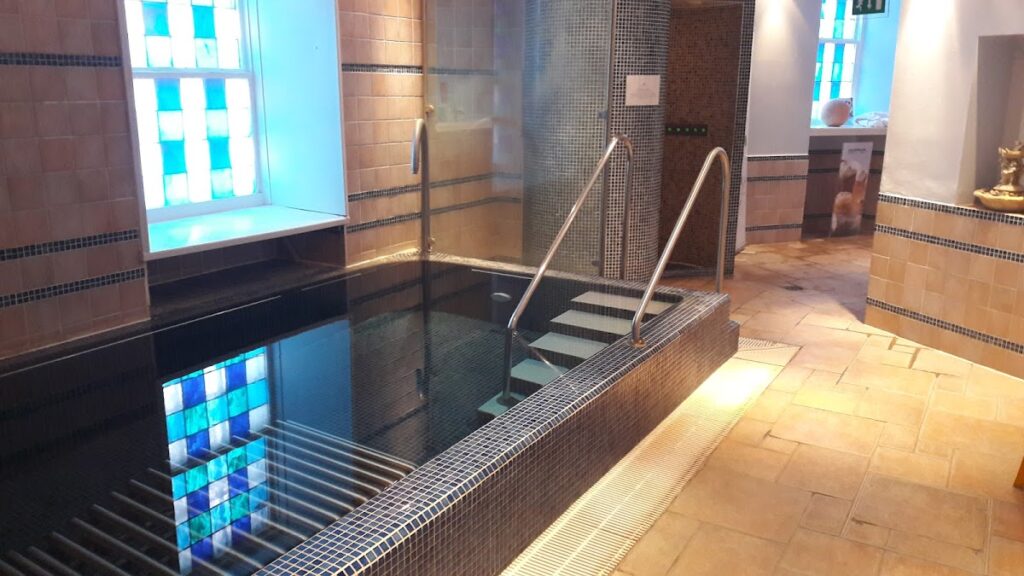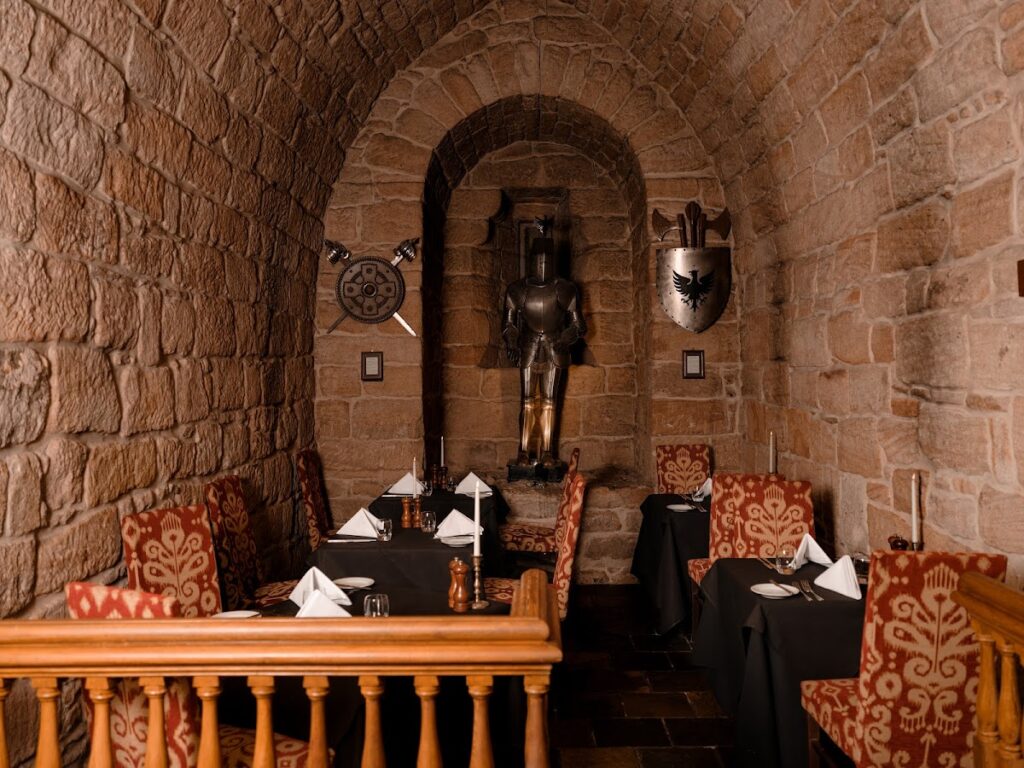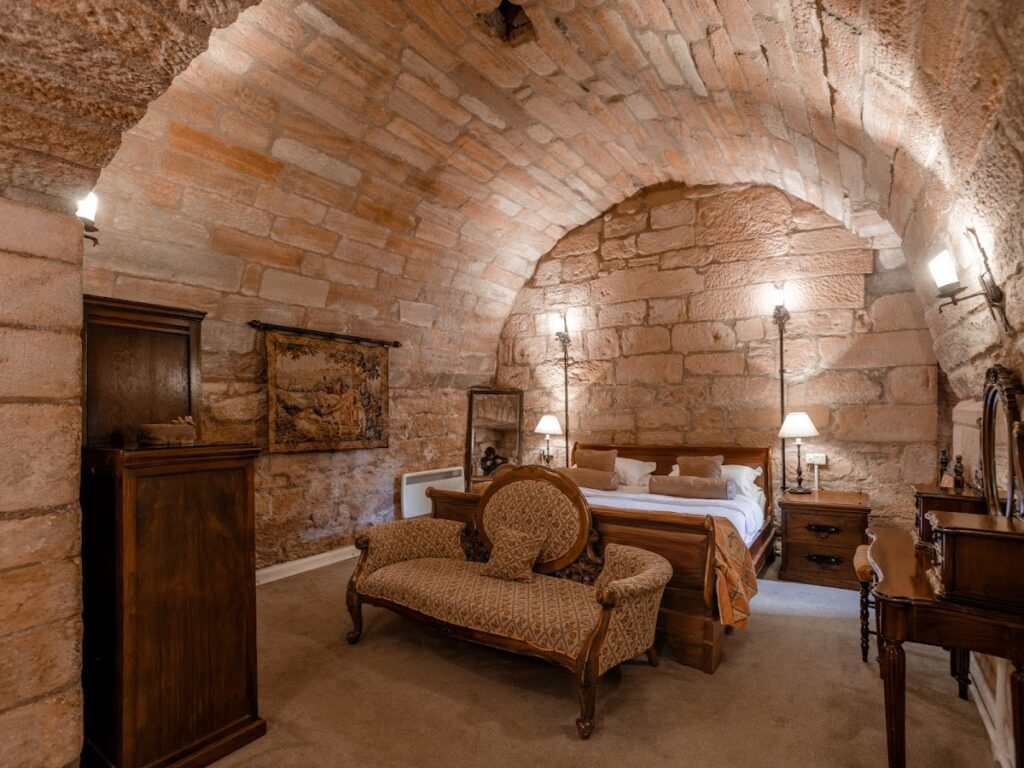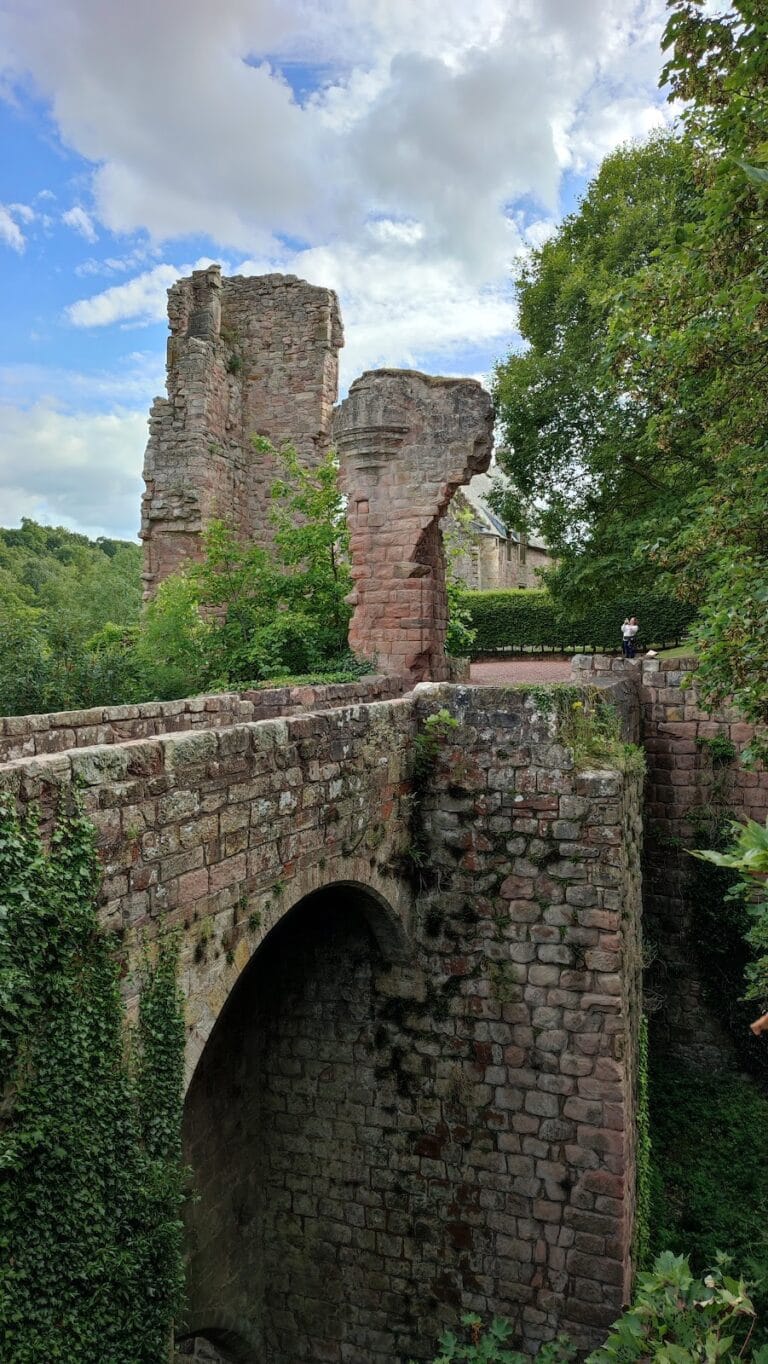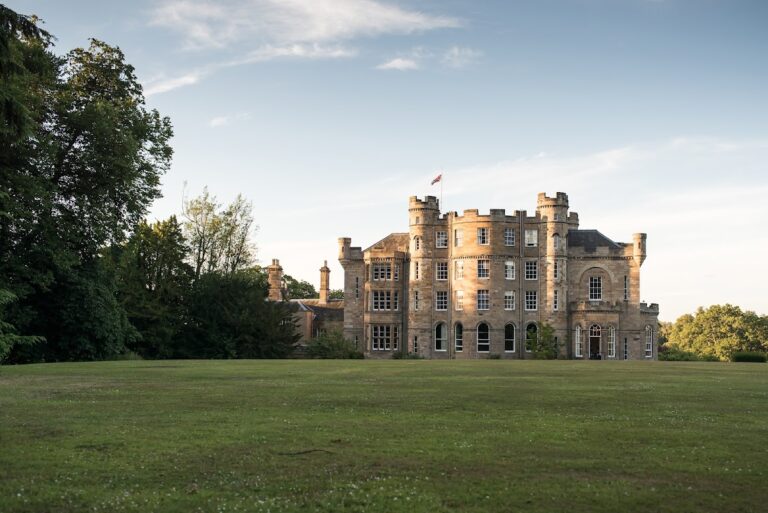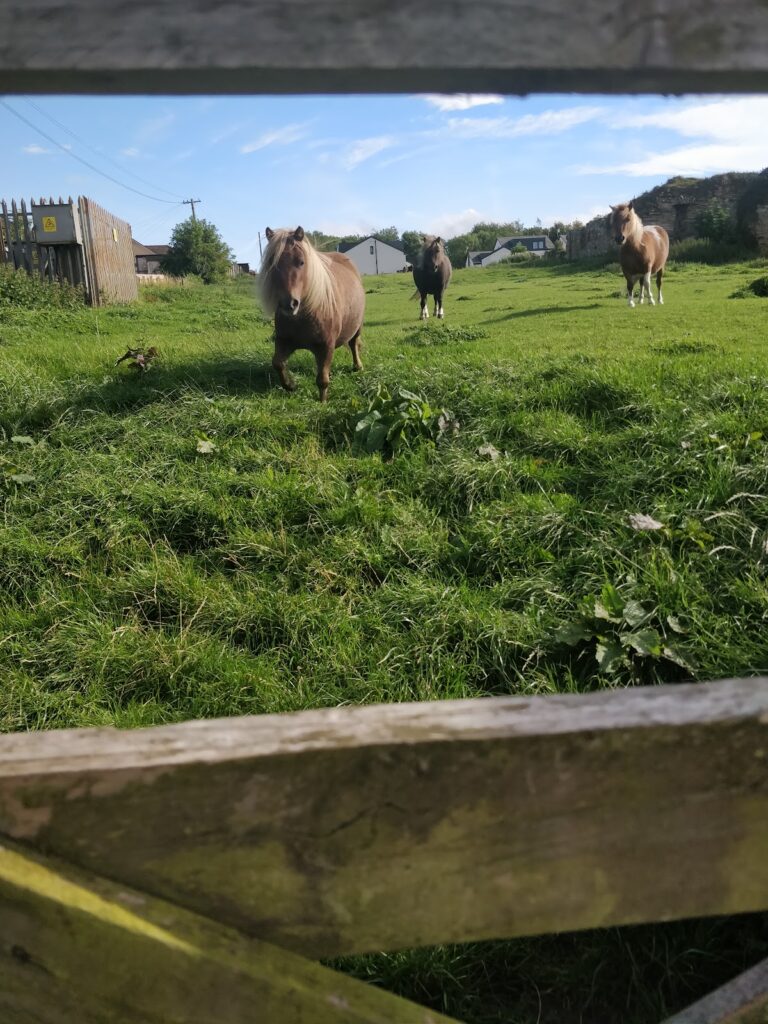Dalhousie Castle: A Historic Scottish Fortress and Clan Ramsay Seat
Visitor Information
Google Rating: 4.3
Popularity: Medium
Google Maps: View on Google Maps
Official Website: www.dalhousiecastle.co.uk
Country: United Kingdom
Civilization: Unclassified
Remains: Military
History
Dalhousie Castle stands near Bonnyrigg in Scotland and was originally established by the Normans, specifically by an English knight of Norman heritage during the mid-12th century. The castle occupies a key site overlooking the River Esk, reflecting its longstanding strategic significance in the region.
The beginnings of Dalhousie Castle date back to around 1140 when Simundus de Ramesie, also known as Simon of Ramsey, acquired the lands then known as Dalwolsey. He was a vassal to David, Earl of Huntingdon, who later ascended to the Scottish throne. Simundus is acknowledged as the founder of Clan Ramsay, which maintained control of the estate through many generations. The castle served as the family seat and symbol of the clan’s authority for over 800 years, a remarkable continuity in Scottish history.
During the late 13th century, the castle played a role in military events involving England and Scotland. Notably, King Edward I of England stayed at Dalhousie Castle prior to his 1298 campaign culminating in the Battle of Falkirk. The early 15th century brought siege warfare to the castle’s walls when, in 1400, Sir Alexander Ramsay successfully defended it against a half-year-long attack led by King Henry IV’s English forces. Centuries later, the site again served military purposes when Oliver Cromwell used it as a base during his invasion of Scotland in the 17th century.
While Dalhousie Castle remained the primary residence of Clan Ramsay for most of its history, the clan shifted its main seat to Brechin Castle around the start of the 20th century. In more recent times, the castle’s role evolved beyond that of a noble residence. In 1972 it transitioned into a hotel, marking a new chapter in its use. Ownership changed hands several times in the early 21st century, reflecting the challenges of maintaining such historic properties. Notably, a fire in 2004 damaged the roof but repairs were swiftly undertaken, allowing the castle to continue its function without major interruption.
Remains
Dalhousie Castle is constructed primarily of red sandstone and is situated on elevated ground, which offers commanding views over the River Esk. The overall layout reflects an L-plan design common in Scottish castle architecture, combining defensive and residential features from several periods. The castle’s oldest surviving architectural element is a cylindrical drum tower, dating from the mid-15th century, which formed part of the medieval fortifications and survives integrated within the later complex.
Most of the visible buildings date from the 1600s, illustrating significant expansions and renovations undertaken in that century. Originally, the fortress was encircled by a dry moat, a defensive ditch meant to hinder attackers. This moat was eventually filled in but partially unearthed during archaeological work in the late 1900s, shedding light on the castle’s defenses.
Another prominent feature of the estate is the walled garden, whose layout was redesigned around 1800 by the landscape gardener Walter Nicol. This garden represents a later phase of the castle’s development, emphasizing its role as a country residence with formal green spaces managed within stone walls.
The structure sustained notable but localized damage to its roof in a fire during June 2004. Although repairs were necessary, the overall integrity of the building remained intact, and restoration efforts enabled its continued use in the modern era. Today, the castle stands preserved as a significant historical monument that reflects centuries of Scottish noble residence and military history.
